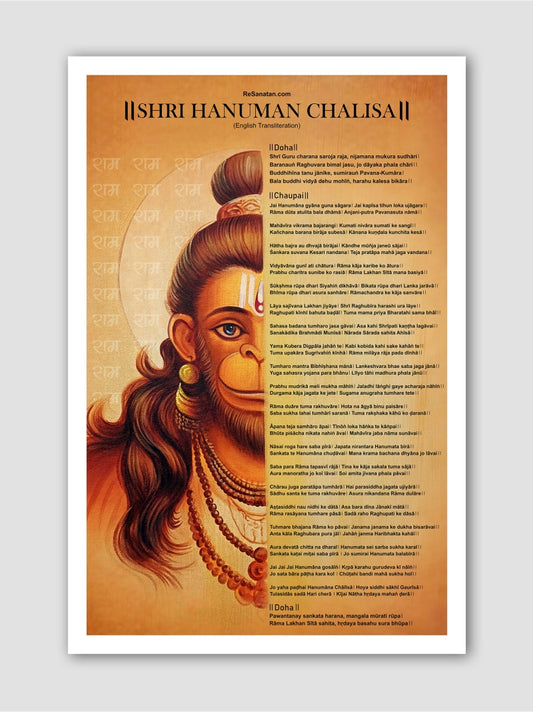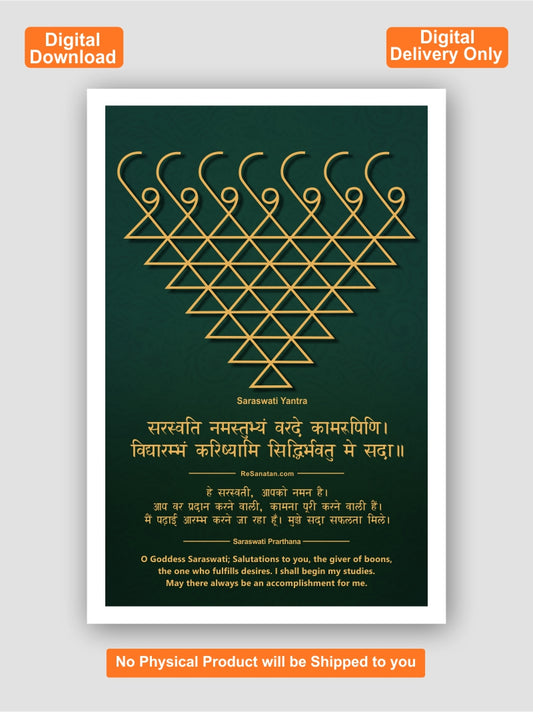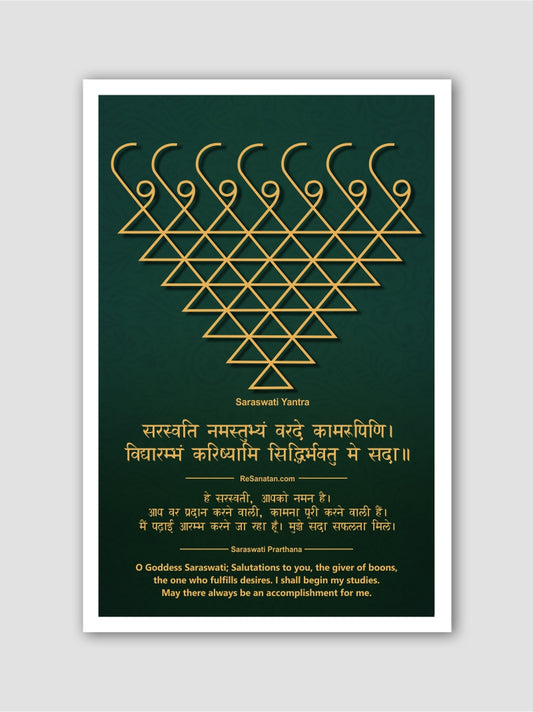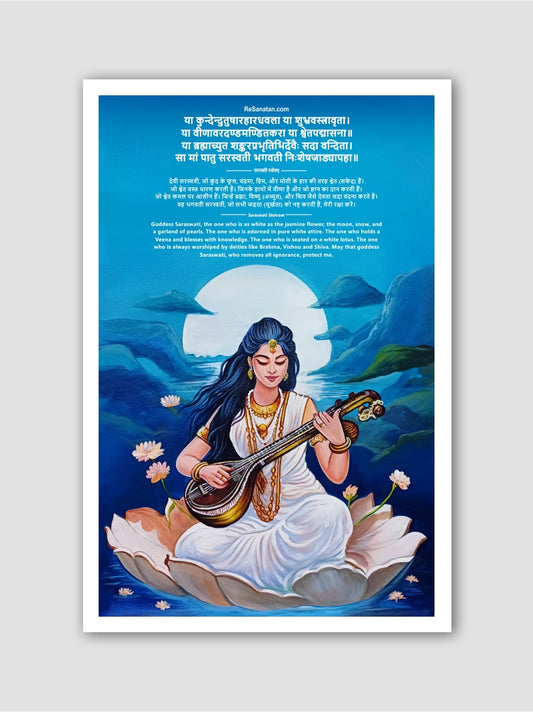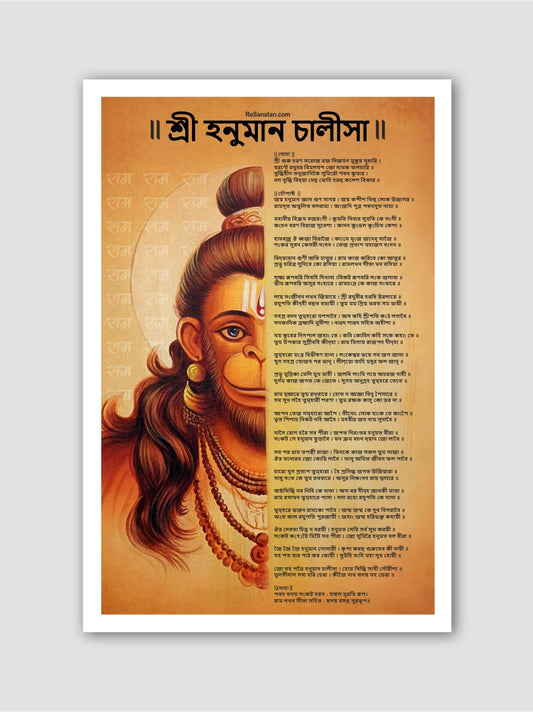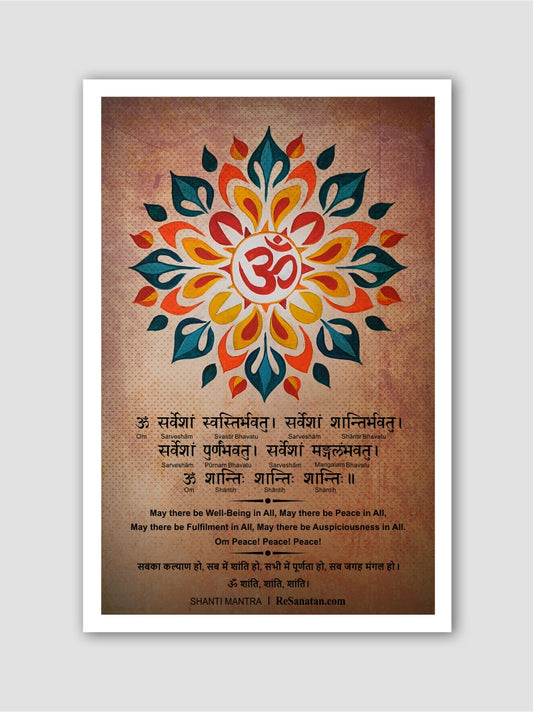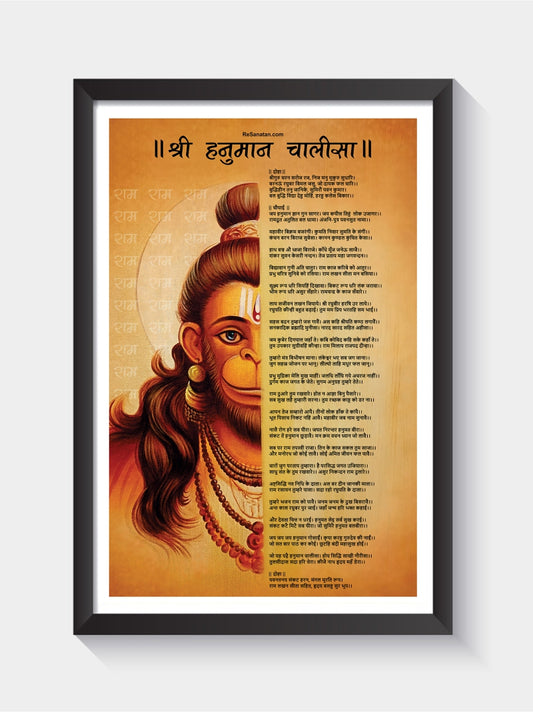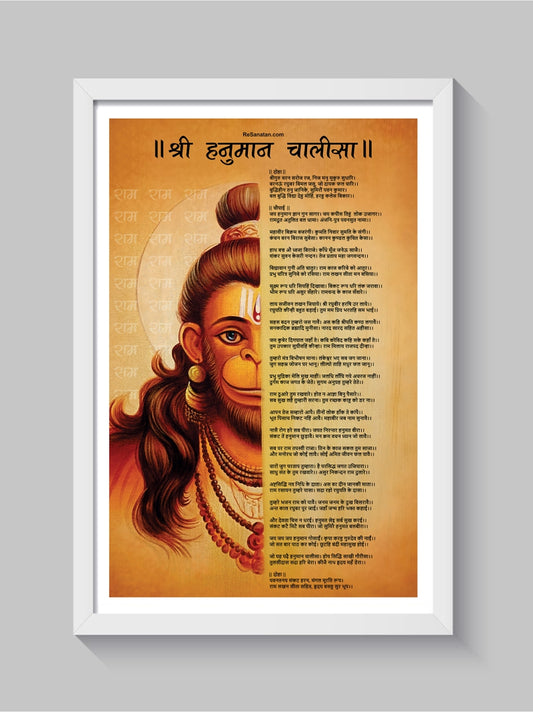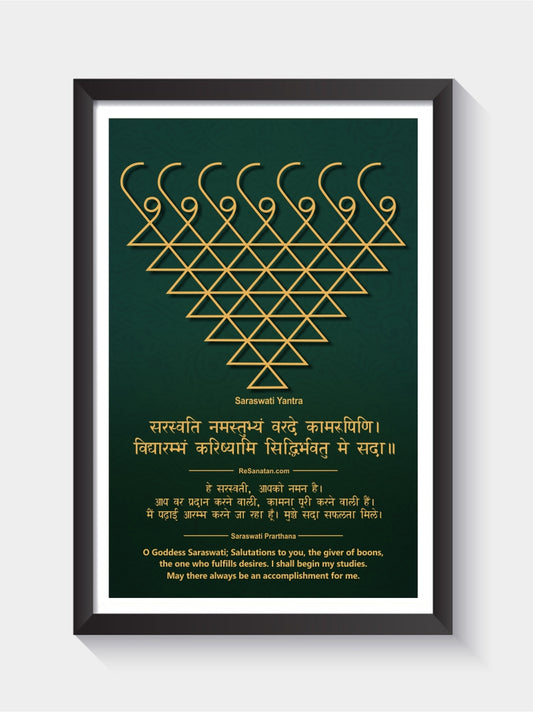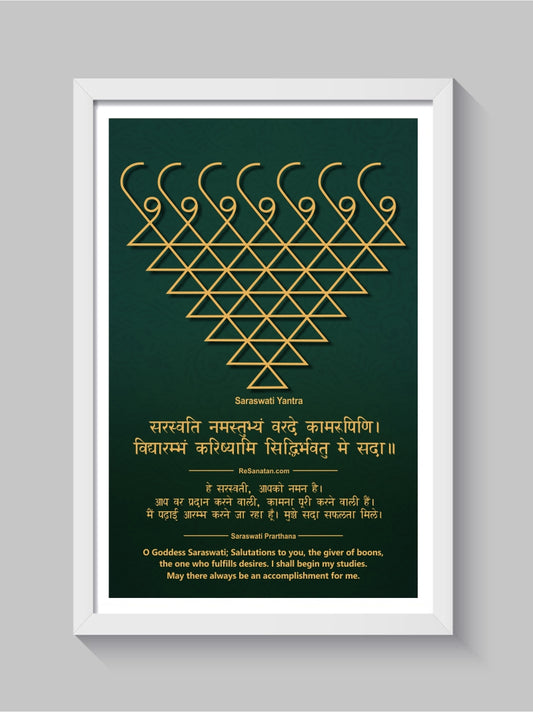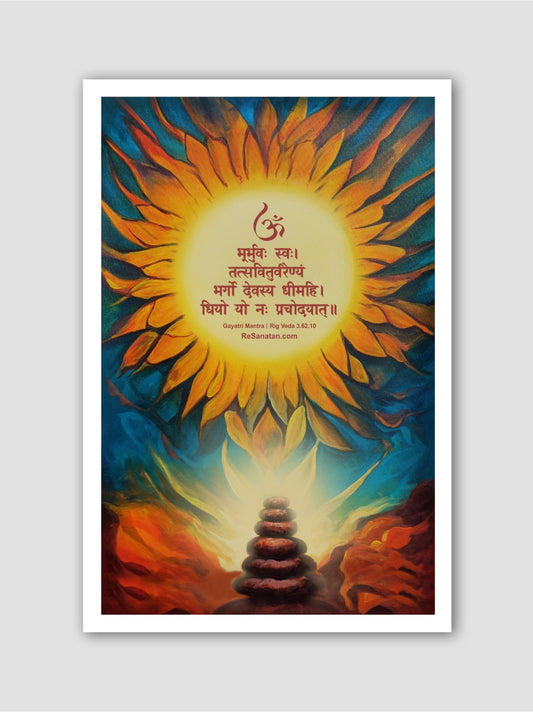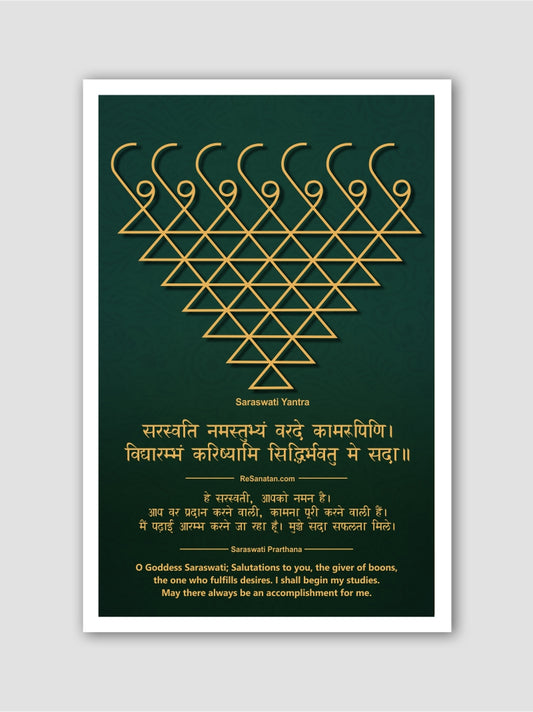
Ganga River: A Divine Odyssey Through the Spiritual Realms of Hindu Mythology
Share
The Ganga River, meandering through the heart of India, is not just a geographical entity; it is a sacred journey, a divine odyssey entrenched in the spiritual consciousness of Hinduism. Originating from the Gangotri Glacier in the Himalayas, the Ganga is not only a lifeline for millions but also a celestial goddess whose waters hold the promise of purification, salvation, and spiritual transcendence. In this comprehensive exploration, we embark on a profound voyage into the spiritual significance of the Ganga River in Hindu mythology, unraveling its mythical foundations, cultural resonance, religious rituals, and the enduring symbolism that makes it the holiest river in the Hindu pantheon.
Mythological Foundations:
The mythological roots of the Ganga River trace back to the cosmic realms, intertwined with tales from Hindu scriptures. One of the most prominent myths revolves around the descent of the Ganga from the heavens to the Earth. According to Hindu mythology, King Bhagiratha undertook rigorous penance to cleanse the sins of his ancestors. Pleased with his devotion, Lord Brahma granted his wish, and the celestial river Ganga descended to Earth. However, the force of the mighty river threatened to wreak havoc on the Earth, prompting Lord Shiva to intervene. He caught the Ganga in his matted locks, releasing her waters in a controlled and auspicious manner.
This myth not only establishes the Ganga as a celestial river but also underscores its role as a purifier, washing away sins and facilitating the journey to liberation (moksha).
Ganga as a Celestial Goddess:
In Hindu mythology, the Ganga is not a mere river; she is personified as a goddess, Ganga Devi. Revered as the embodiment of purity and divinity, Ganga Devi is a nurturing force, bestowing spiritual grace and blessings upon those who seek her. Her celestial origins amplify her sacredness, positioning her as a bridge between the heavenly and earthly realms.
The depiction of Ganga as a goddess emphasizes the feminine divine aspect, with her nurturing waters symbolizing the compassionate and purifying energy that flows through the cosmos.
Symbolism of the Ganga's Flow:
The continuous flow of the Ganga's waters carries profound symbolism in Hindu philosophy. The river's ceaseless movement symbolizes the transient nature of life. It reflects the cyclical rhythm of existence, encouraging individuals to navigate the currents of life with grace, resilience, and an understanding of the impermanence of the material world.
The Ganga's flowing waters also represent the eternal journey of the soul. Just as the river meanders through diverse landscapes, the soul traverses through various experiences, learning, and evolving on its path to spiritual enlightenment.
Varanasi: The Spiritual Nexus of Ganga Worship:
Varanasi, also known as Kashi, stands as the quintessential city where the spiritual significance of the Ganga reaches its zenith. The ghats of Varanasi, lining the banks of the Ganga, are adorned with a tapestry of rituals, ceremonies, and religious fervor that encapsulate the essence of Ganga worship.
The Ganga Aarti, a nightly ritual performed on the ghats of Varanasi, is a spectacle that draws pilgrims and tourists alike. Devotees gather to witness the synchronized rituals of light, sound, and chants, as priests pay homage to the river goddess. The Aarti serves as a profound expression of gratitude, devotion, and the deep spiritual connection between the Ganga and her devotees.
Kumbh Mela: The Grand Confluence of Spirituality:
The Kumbh Mela, often referred to as the largest religious gathering on Earth, is a testament to the enduring spiritual significance of the Ganga. Held periodically at the confluence of the Ganga and Yamuna rivers in Prayagraj (formerly Allahabad), millions of pilgrims, sadhus, and seekers converge to participate in the sacred rituals and take a dip in the holy waters of the Ganga.
The bathing ritual during the Kumbh Mela is not just a physical act; it is a spiritual pilgrimage. Devotees believe that taking a dip in the Ganga's waters during this auspicious event cleanses them of sins, purifies their souls, and accelerates their journey towards moksha.
Ganga Sagar Mela: Pilgrimage to the Confluence:
Ganga Sagar Mela, held annually in West Bengal, is another significant pilgrimage that draws devotees from various parts of India. The confluence of the Ganga with the Bay of Bengal at Sagar Island is considered highly auspicious. Pilgrims undertake arduous journeys to immerse themselves in the confluence, seeking blessings and spiritual rejuvenation.
The Ganga Sagar Mela exemplifies the Ganga's transcendence beyond geographical boundaries, touching the hearts and souls of millions who embark on pilgrimages to connect with the divine.
Ganga in Hindu Scriptures:
The Ganga's spiritual significance is not confined to mythology; it is intricately woven into the fabric of Hindu scriptures. The Rigveda, one of the oldest sacred texts, reveres the Ganga as a purifier, and hymns in praise of the river are sung during religious rituals. The Mahabharata narrates the story of Bhishma Pitamah, who lay on a bed of arrows on the banks of the Ganga, awaiting the auspicious time to leave his mortal coil.
The Skanda Purana, an important scripture, contains hymns and verses extolling the virtues of the Ganga. The river is described as a sacred entity capable of bestowing liberation upon those who surrender to its divine flow.
Confluence of Rivers: Sangam at Prayagraj:
The Ganga's spiritual journey converges with other sacred rivers at Prayagraj, forming the Triveni Sangam—the confluence of the Ganga, Yamuna, and the mythical Saraswati. The Sangam is believed to be an auspicious site where the celestial and earthly realms intertwine. Taking a dip at this confluence is considered especially sacred during religious occasions and festivals.
The Triveni Sangam represents the synthesis of diverse spiritual energies, reinforcing the idea of unity in diversity—a concept deeply ingrained in Hindu philosophy. Pilgrims believe that bathing at the Sangam not only purifies the soul but also washes away the karmic baggage accumulated over lifetimes.
Challenges and Conservation Efforts:
The spiritual sanctity of the Ganga, however, faces environmental challenges in the form of pollution, industrial waste, and encroachment. Recognizing the need to preserve this sacred river, various governmental and non-governmental initiatives have been launched. The Namami Gange project, spearheaded by the Indian government, aims to rejuvenate and clean the Ganga by addressing issues such as pollution, sewage disposal, and industrial waste.
These efforts reflect the acknowledgment of the Ganga not only as a spiritual entity but also as an ecological lifeline that sustains millions of lives. The conservation endeavors strive to ensure that the spiritual legacy of the Ganga endures for future generations, fostering an appreciation for the sacredness of nature.
Ganga's Role in Individual and Collective Spirituality:
The Ganga, as a spiritual entity, plays a pivotal role in the lives of individuals and the collective consciousness of the Hindu community. For millions of devotees, the act of taking a dip in the Ganga is not a mere ritual; it is a sacred communion with the divine. The river's purifying waters are believed to wash away sins, heal ailments, and bestow blessings for a virtuous life.
The Ganga also serves as a symbol of collective spirituality, fostering a sense of unity and shared heritage among the diverse communities that inhabit the vast expanse of India. Pilgrimages to the Ganga, whether to Varanasi, Prayagraj, or Ganga Sagar, become expressions of a shared cultural and spiritual identity that transcends regional, linguistic, and social differences.
In the multifaceted tapestry of Hindu spirituality, the Ganga River stands as a luminous thread connecting the terrestrial with the celestial. From its celestial origins in Hindu mythology to the bustling ghats of Varanasi, the colossal gatherings of the Kumbh Mela, and the tranquil confluence at Prayagraj, the Ganga embodies a sacred journey that transcends the boundaries of time and space.
The Ganga is not merely a river; it is a cosmic force that links the mortal with the divine, weaving a sacred narrative that resonates in the hearts of millions. Its waters, imbued with myth, spirituality, and cultural heritage, are not just physical; they represent a spiritual odyssey, a passage towards enlightenment, and a conduit for divine blessings.
As the Ganga continues its ceaseless flow, it carries with it the echoes of ancient hymns, the resonance of rituals, and the whispers of a spiritual journey that transcends mortal limitations. The enduring spiritual significance of the Ganga is not only a testament to its celestial origins but also a reflection of its role as a sacred lifeline, nurturing the souls of millions who seek solace, purification, and a connection to the eternal truths that lie beyond the veil of material existence. In the sacred currents of the Ganga, devotees find not just a river but a divine essence that guides them on a timeless quest for spiritual awakening and liberation.



